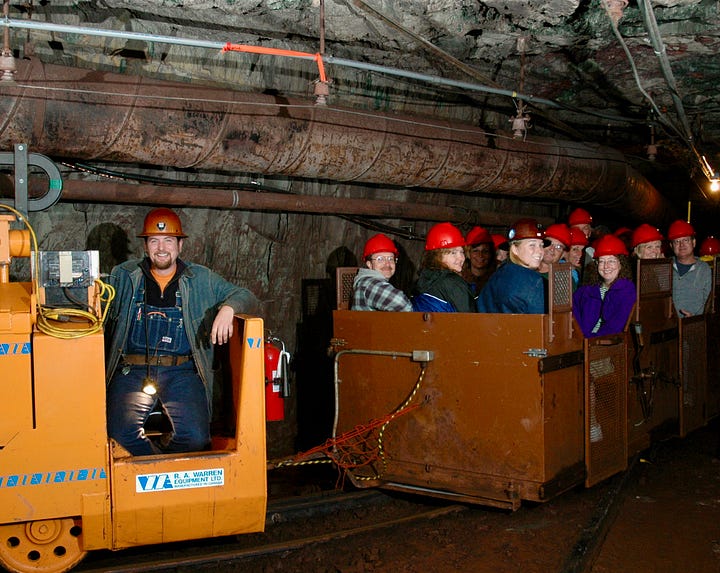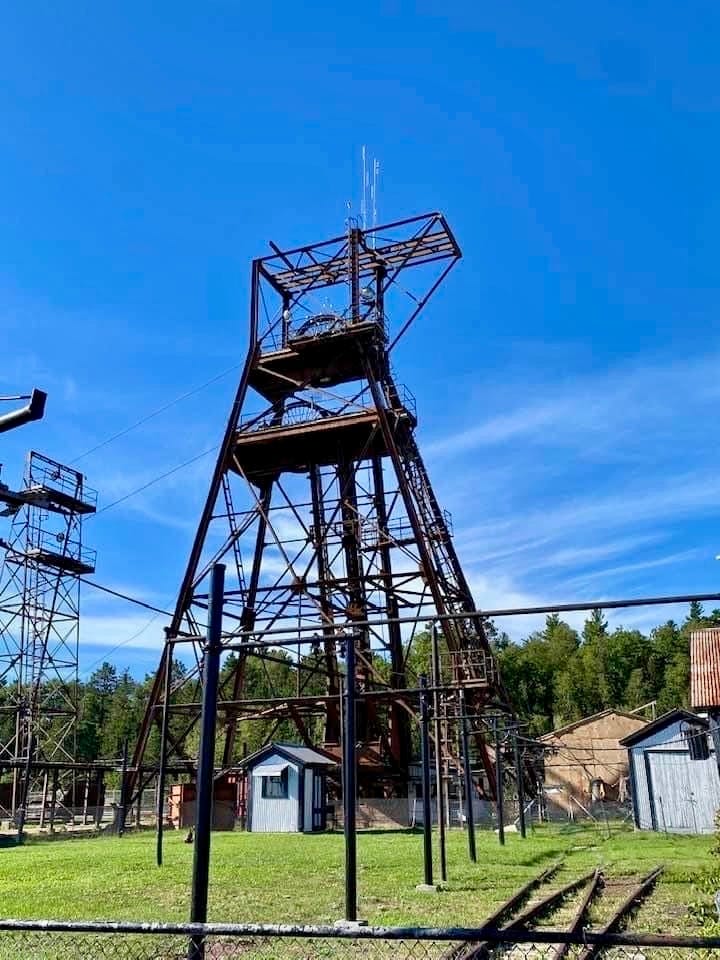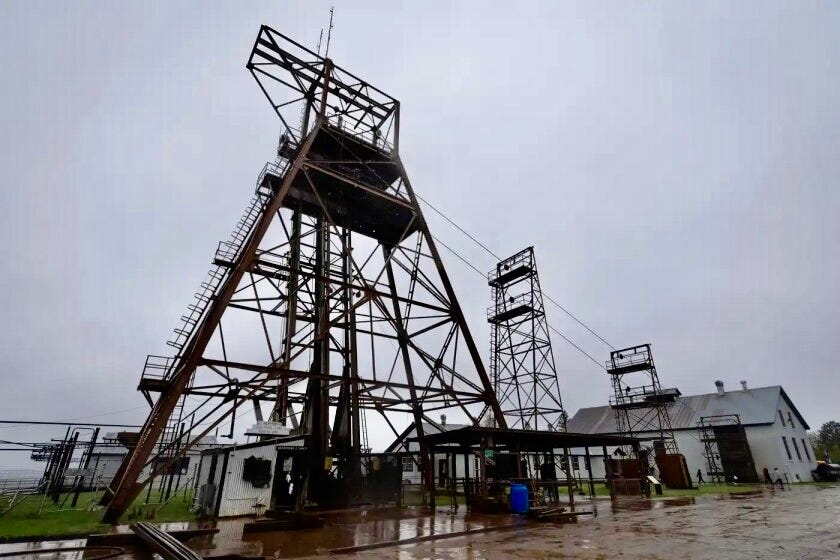Soudan Underground Mine: From Iron to Science
Located near Tower, Minnesota, it is the oldest and deepest iron mine in the state
The Soudan Underground Mine, located near Tower, Minnesota, is the oldest and deepest iron mine in the state. It operated from 1882 until 1962, producing high-grade hematite—a dense, iron-rich ore that was critical to the U.S. steel industry. Known as Minnesota’s “first iron mine,” it helped spark the iron boom on the Mesabi and Vermilion Ranges.
Mining Operations
Depth: The mine reaches about 2,400 feet underground.
Production: Over 15 million tons of iron ore were extracted during its 80-year run.
Conditions: Miners worked in tight, dark spaces and relied on crude tools, especially in the early years. Later, electric hoists and better ventilation improved the workflow.
Transition to State Park
After it closed in 1962, the site was turned over to the state of Minnesota. In 1965, it became part of Soudan Underground Mine State Park. Tours now take visitors half a mile underground to explore old mining shafts and hear stories of the miners who worked in extreme conditions.
A New Purpose: Underground Science
The mine found a second life as a research facility. Its great depth offers natural protection from cosmic radiation, making it ideal for particle physics experiments. The Soudan Underground Laboratory, opened in the 1980s, has been used for:
Neutrino detection experiments, including the MINOS (Main Injector Neutrino Oscillation Search) project.
Dark matter research, with detectors designed to catch rare particle interactions.
Though some research projects have since relocated to newer facilities, the legacy of Soudan as a science hub continues.
Why It Matters
The Soudan Mine is more than an industrial relic. It connects Minnesota’s past and future—where hard labor once pulled wealth from the Earth, now cutting-edge physics explores the universe’s deepest questions. It’s a rare example of a single site serving both heavy industry and high science.






